


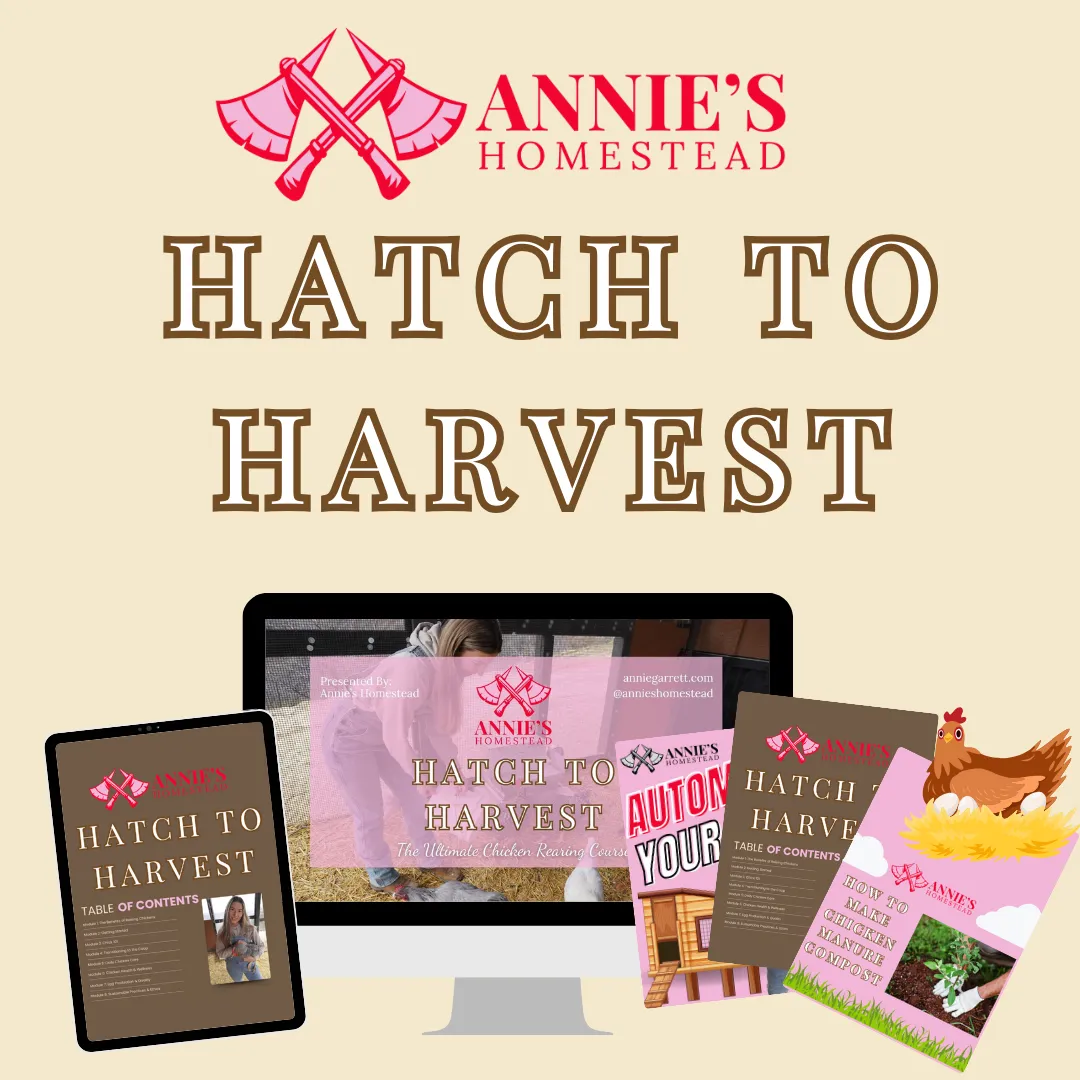
Welcome to Annie's Homestead
Take Your Homesteading to the next level!
Tired of grocery store mystery meat & wilting lettuce? Let’s grow real food, raise happy chickens, and earn money—no acres or fear required.
Does this sound familiar?
You’re over the mystery meat and wilted lettuce life.
You’re tired of not knowing what’s in your food—or where it came from. You're craving a real connection to your meals (and maybe a tomato that actually tastes like a tomato).You live in the city but your soul belongs in the dirt.
You’ve got dreams of chickens, raised beds, and canning jars—even if you're still stuck in a tiny apartment with a windowsill garden and a compost bin that scares your roommate.You’re ready to stop treating your homestead like a hobby.
You're putting in the work—growing food, raising animals, doing it all—and now you're wondering, “Wait... could this actually make money?”
If these frustrations resonate with you, you're not alone.
Let’s be real—lots of people want to live closer to the land...
But most of the info out there is either sugar-coated nonsense or so overwhelming it makes you want to throw your phone in the compost.
You're not alone—and you don't have to figure it all out yourself.
That's where Annie's Homestead comes in.

It's time to take control of your food, your lifestyle, and your future by embarking on a homesteading journey like no other.

Here, you'll find courses tailored to individuals just like you, providing you with a homestead roadmap

It's okay if you're living in a city right now! You can homestead exactly where you are.

Learning skills of fermentation, baking, bush craft, gardening and more, can help you become a homesteader even if you live in the heart of the city.

Turn your homestead into a cash cow by capitalizing on your talents so you can leave your 9-5.

Are you a home baker or gardener? Or neither? Our Homestead courses will help you discover your passion to turn into an income.
chicken coop automations
Want to streamline your chores?
From automatic door openers to refillable waterers, these innovations streamline maintenance tasks, ensuring your flock stays happy and healthy with minimal effort on your part.
Whether you're a seasoned keeper or just starting out, these time-saving solutions are a game-changer for any chicken enthusiast.

Hey There,
I'm Annie
I'm here to help you homestead with ease
You want to raise clean food. You want chickens that thrive, a garden that actually produces, and maybe even a little off-grid dream of your own.
But every time you Google something, it turns into a black hole of conflicting advice, overpriced courses, and blog posts that never really get to the point.
I get it. I was there too.
Now I live off-grid with a flock of mixed birds, an indoor grow room, and a greenhouse—because I’d rather avoid whatever’s falling from those ch3mtra!ls in the sky. I created Annie’s Homestead to make real-deal, straight-to-the-point content that helps you feel confident, not confused.
No gatekeeping. Just honest, tested resources to help you grow food, raise birds, and get out of the system—one chicken (or coop automation) at a time.
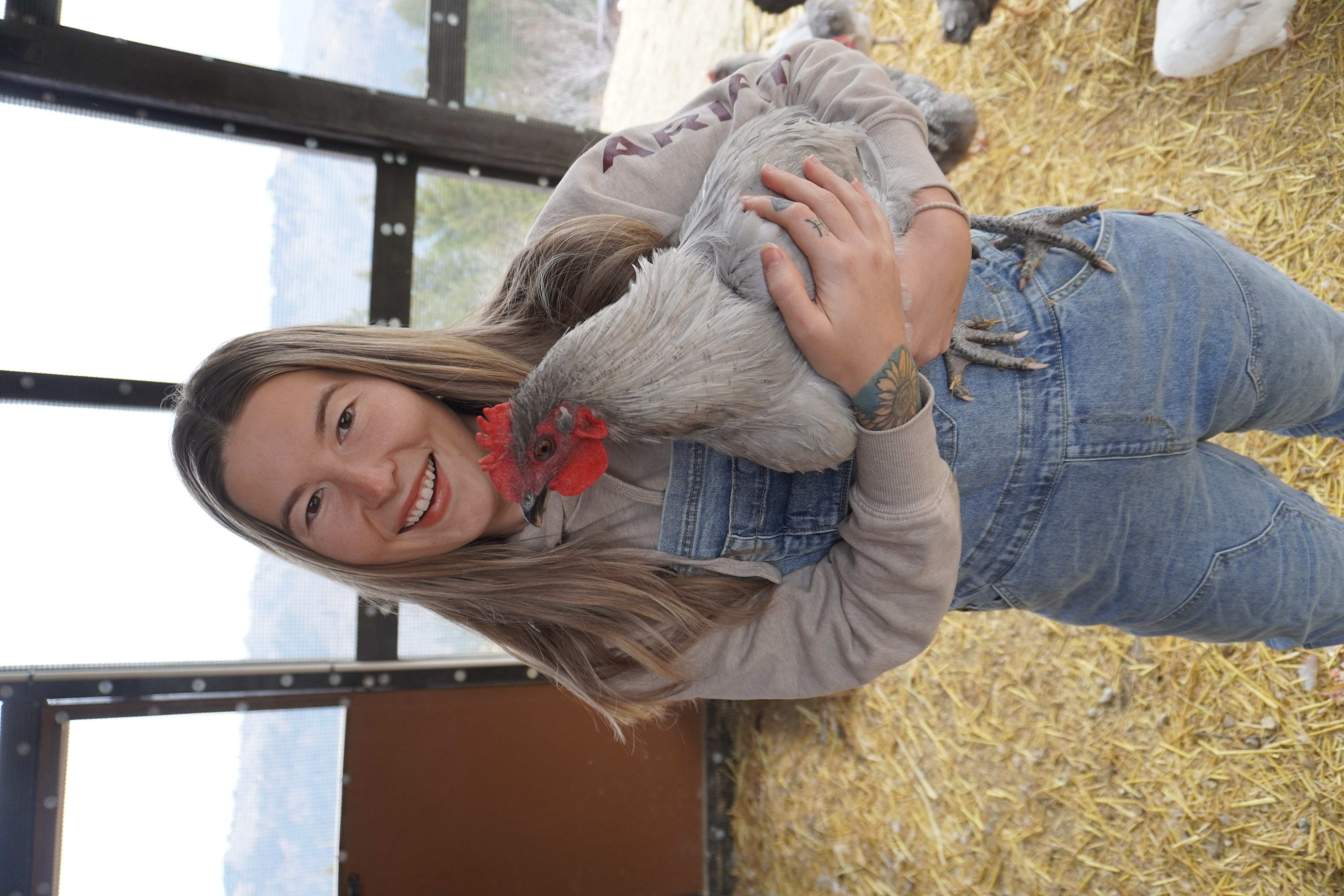
Top Resources

Streamline your chore list with our chicken coop automation list
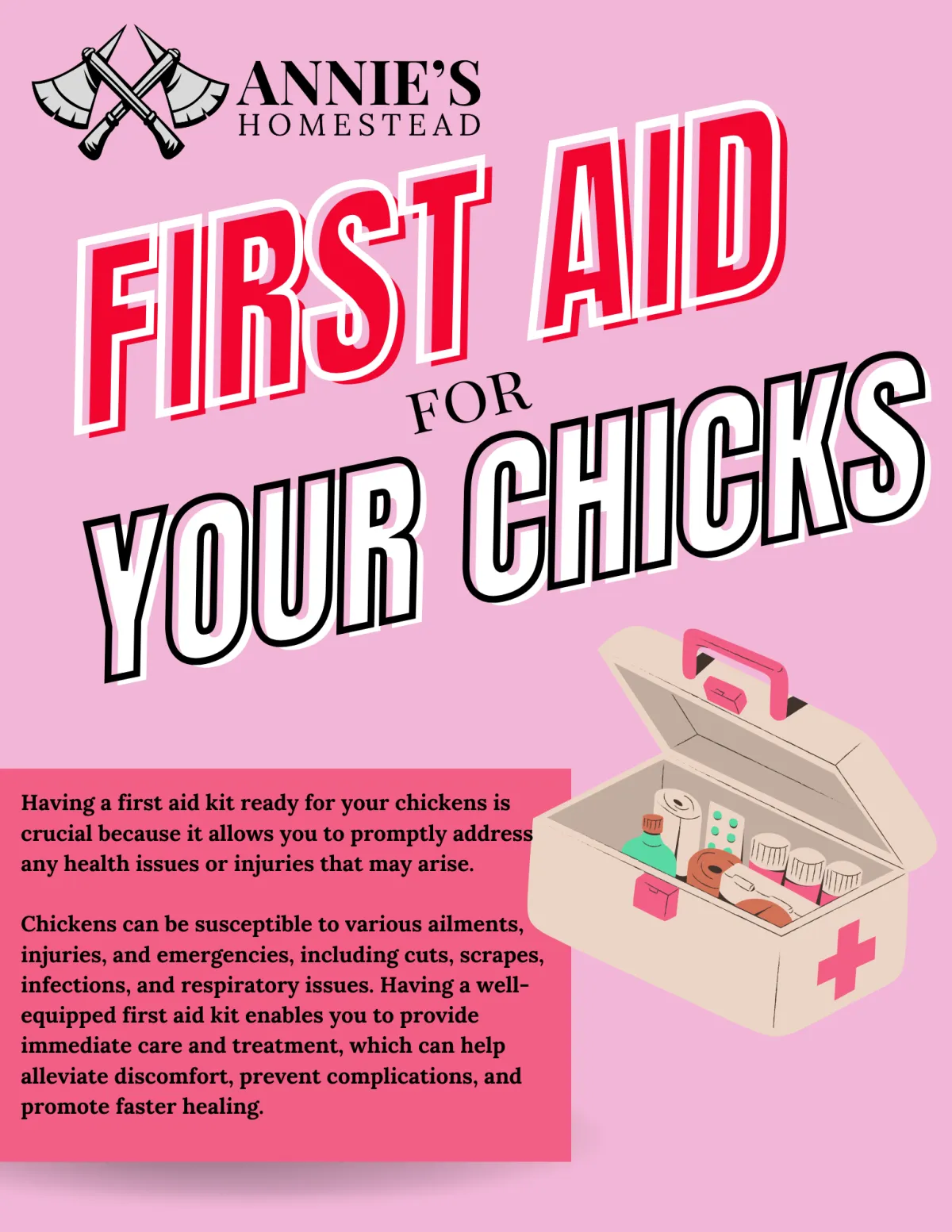
Prepare For Emergencies with our Chicken First Aid Kit
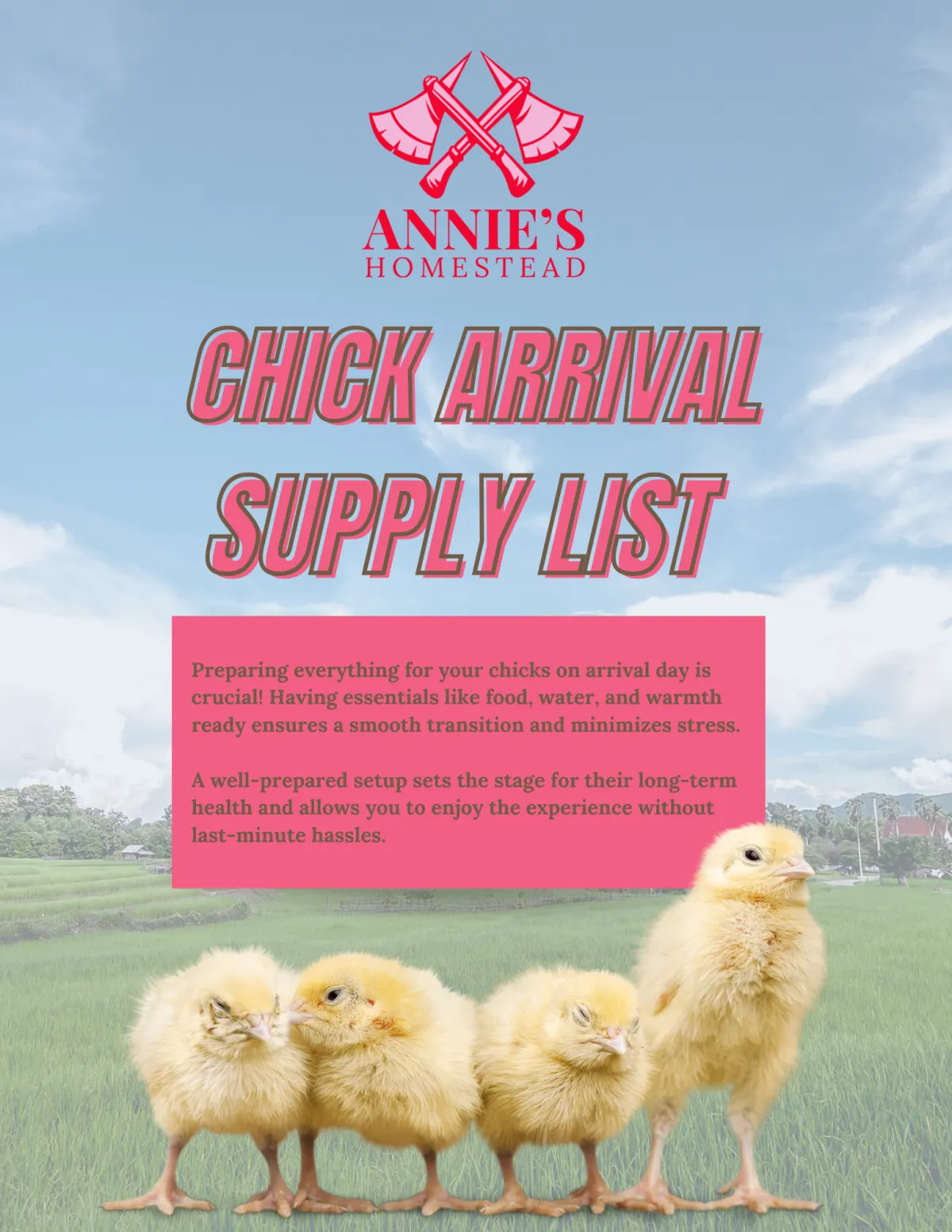
Prepare For Your New Chicks with our Favorite Essentials
Stay Updated
And join the newsletter
Be one of the firsts to know anything new and stay up to date with all the happenings on the homestead!
(I won't spam you ever - PROMISE!)
Read The Blog
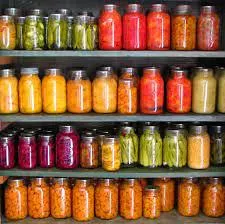
Debunking the Myths Surrounding Botulism and Home Canning
If you’re into home canning, chances are you’ve heard the warning calls around botulism and home canning. This fear might have pushed you to research extensively or even deterred you from canning altogether. This blog is here to enlighten and empower you, encouraging you to dive into the kitchen and start canning with confidence!
The internet can be both a treasure trove of useful information and a minefield of misinformation. This is particularly true in canning communities, where well-meaning individuals often spread half-truths and scare tactics, leaving new canners feeling overwhelmed and hesitant. But don’t worry! This blog aims to equip you with the knowledge and resources needed to make informed decisions and practice safe canning techniques. We’re here to demystify botulism, one fact at a time.
What is Botulism?
Botulism is a rare but serious illness caused by a nerve toxin produced by the bacterium Clostridium botulinum. Foodborne botulism is a potentially fatal disease, but it is quite rare. The illness occurs when the neurotoxins from the bacteria’s spores are ingested. These spores thrive in anaerobic (oxygen-free) environments, like underground soil, water, dressed wounds, and occasionally in contaminated air.
There are seven types of botulinum toxin (A-G), but only four (A, B, E, and rarely F) cause human botulism. Types C, D, and E affect other animals, birds, and fish.
Botulinum toxins can be ingested through improperly processed food where the bacteria or spores survive and produce toxins. A sealed Mason jar can be an ideal environment for spore-produced toxins if:
The spore is present because the vegetable, meat, or seafood wasn’t properly cleaned or handled before being packed into a jar.
The jar wasn’t processed correctly at the required time and temperature without sufficient acid.
How Common is Botulism Among Home Canners?
While botulism can be deadly, let’s look at the actual data. In the United States over the past 18 years, there have been only 43 cases of botulism from home-canned vegetables, which are the most common source of botulism outbreaks in the U.S.
From 1996 to 2014, the CDC reported 210 outbreaks of foodborne botulism. Of the 145 outbreaks caused by home-prepared foods, 43 were from home-canned vegetables. That means only 43 people in 18 years contracted botulism from home-canned foods in a country with over 300 million people. That's less than 3 people per year! For more information, check out the CDC’s botulism info.
According to the World Health Organization, botulism can be fatal in 5% to 10% of cases worldwide. However, the incidence of food-derived botulism is low, and its mortality rate is even lower with prompt diagnosis and treatment. There is also an anti-toxin available for treatment if needed.
Botulism is NOT a By-Product of Home Canning
Home canning has been a cherished craft passed down through generations. It's been practiced successfully in many countries for centuries, long before the U.S. existed. Did you know home canning started in France? In 1809, Nicolas Appert, a French confectioner and brewer, observed that food cooked inside a jar did not spoil unless the seals leaked, and developed a method of sealing food in glass jars. Appert was awarded the prize in 1810 by Count Montelivert, a French minister of the interior.
Now, while modern resources and technologies have made home canning safer, many traditional methods of preserving food in jars are still effective today. Canning isn’t just an American pastime, and many countries don’t use pressure canners, yet they safely preserve low-acid foods through water bathing.
Clearing Up Common Misconceptions
The internet and social media provide quick access to canning information, allowing fellow canners to share recipes, photos, and frustrations. They also provide a platform for support, especially for new canners. I’m particularly proud of my Facebook group, "Canning, Dehydrating and Long-Term Food Storage."
While these groups offer many benefits, some can become a source of negativity and misinformation. Let’s clear up some of the common half-truths you might encounter:
Half-Truth: “Pressure canning is the only way to kill the spores.”
Truth: Heat doesn’t kill the spore; it kills the toxin produced by the spore. High-acid foods don’t require the high temperatures of pressure canning because the acid destroys the spores, preventing toxin production.
Half-Truth: “You cannot water bath low-acid foods.”
Truth: While I don’t recommend water bathing low-acid foods, it is possible. It just requires a longer time at a consistent 212°F (a full-rolling boil). For example, what takes 90 minutes in a pressure canner might take 3 hours in a water bath. Remember, USDA recommendations are suggestions for best practices, not laws.
Half-Truth: “Botulism cannot be destroyed by heat alone.”
Truth: Botulism toxin can be destroyed by heat. The toxin, not the spore, is what makes you sick. While the spore can survive heat, it can be destroyed by acid. Consuming the spore without an intestinal issue usually has little effect.
Half-Truth: “Botulism has various strains, so you can still die if you don’t follow the recipe.”
Truth: Only three of the seven botulism toxin strains (A, B, E, and rarely F) affect humans. This scare tactic fails to consider the importance of proper cleaning and handling of ingredients. Even if you follow a recipe precisely, failing to clean your vegetables, meat, and beans or improper storage can still pose a risk.
Half-Truth: “Botulism spores are embedded in potato skins, so you must peel them before canning.”
Truth: Botulism spores thrive in anaerobic environments like soil. The spores could be present in soil, manure, or aquatic sediments, but they don’t embed into potato skins. Thoroughly washing and scrubbing root crops in fresh water can remove soil particles and reduce risk. Peeling is an added precaution but not a strict requirement.
Half-Truth: “Improperly canning low-acid foods creates botulism.”
Truth: Canning doesn’t create Clostridium botulinum spores. The spores must already be present in the food. You run a higher risk of growing bacteria, mold, yeast, and fungus when failing to properly process any recipe, whether low- or high-acid. The spores must be present in the jar for botulism toxins to develop.
How to Prevent Botulism Intoxication
Proper cleaning, handling, and preparation of vegetables, meats, and seafood can eliminate the spores. If spores are present in a jar, and toxins develop during storage, you won’t be able to see, smell, or taste the toxin. To ensure safety, simply boil the jar’s contents for the required time before eating.
To kill the botulism toxin, bring the food to an internal temperature of 185°F (85°C) for 5 minutes. For more details, check out the World Health Organization’s botulism info.
I hope this article has given you a clearer understanding of botulism, how to prevent it, and how to navigate the information and misinformation in canning communities. Canning is a global craft, and many reliable sources extend beyond the USDA, the National Center for Home Food Preservation, and state extension offices.
While these institutions offer sound recommendations, other resources are worth exploring. Don’t hesitate to seek knowledge from experienced canners worldwide. Be cautious of canning groups where members belittle others, use “botulism” as a scare tactic, or refuse to explain their reasoning. These are signs that the admins might spend more time online than canning in their kitchens!
My teaching approach focuses on empowerment, not fear. My goal is to boost your confidence through the exchange of knowledge and ideas.
Feel free to reach out if you have any canning questions or want to learn more about safe home canning and long-term food storage. Until then,
Happy Canning!

It's time to take the first step towards your homesteading journey.
Don't let uncertainty hold you back any longer.
Our homesteading courses offer a comprehensive roadmap to self-sufficiency, guiding you step-by-step through the process of creating your own thriving homestead, no matter where you live.
Enroll in our course today and take the first step towards a brighter, more empowered future!
Annie's Homestead is not affiliated by Facebook™ in any way. Facebook™ is a registered trademark of Facebook™ Inc
Branding and Website by RoyalT Studio

